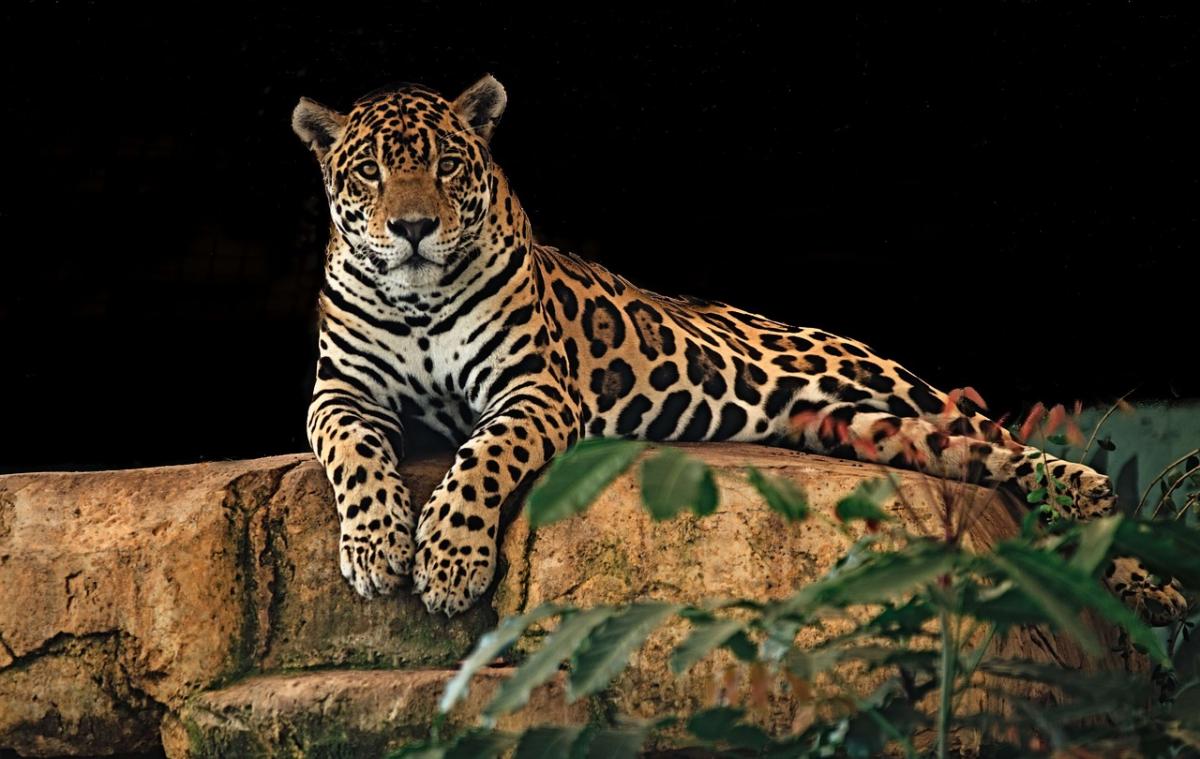
Tompkins Conservation announced today the birth of the first jaguar cubs in Iberá Park, situated in the wetlands of northeastern Argentina. These two new cubs are not only the first newborns born at the CLT Jaguar Reintroduction Program at Iberá Park, but are the first jaguars born in decades in this region, where the species has been absent since the industrialization of the 20th century.
To reverse the local extinction of this keystone species, Tompkins Conservation launched this pioneering Jaguar Reintroduction Program in 2011. Their team in Argentina - ranging from scientists and veterinarians to community stakeholders and policy makers - has been collaborating with the goal of breeding a generation of jaguars that could be released into their natural habitat and survive independently in the wild. With five mature jaguars - that came from zoos and rescue centers around South America and are not candidates for release themselves but can be bred - and 650,000 acres of fitting habitat teeming with caimans, capybaras and other food sources, the Jaguar Reintroduction Program at Iberá has incredible potential to support the return of this ecologically important and culturally iconic species.
The two new cubs are offspring of two of the program’s jaguar on loan from partnering institutions: Chiqui, the father, was born in the wild but lived in a rescue center after being orphaned by a hunter; Tania, the mother, came to the program after being born and raised in a zoo. It is notable that Tania is missing a leg from an incident she endured when she was just a cub. Despite this disability, she has learned to hunt for herself at the center and is now the mother to the first cubs born in Iberá in approximately half a century.
In the words of Maite Ríos, the head of the Jaguar Reintroduction Program, “It’s great news that an animal with a disability and that seemed condemned to life in captivity, like Tania, is able not only to live in semi-natural conditions and hunt for herself, but to become the mother of the first cubs that could possibly live freely in Iberá soon. Tania’s history of overcoming obstacles inspires us to keep working and collaborating with other institutions to care for and restore the heritage of all inhabitants of Corrientes province and of Argentina. For the moment, we see that the cubs are suckling well from their mother, but we must be very prudent because we’re talking about a first-time mother who must still learn to raise her brood on her own, without interference on the part of humans. With a view to being able to free them, it’s very important for these tiny jaguars to grow up in the most natural manner possible.”
With the birth of these cubs, an important step has been taken in Tompkins Conservation’s rewilding work in Iberá, which is the result of the dream and the vision of Douglas and Kristine Tompkins, who first fell in love with these vast, wild wetlands in 1997. Today, the area not only has the first jaguar cubs, but is home to recovered populations of species that had been lost, like the anteater, the pampas deer, the tapir, the collared peccary and the red-and-green macaw. In addition, our team has already donated approximately 150,000 acres to the Argentine government to create the future Iberá National Park.
As Sofía Heinonen, CLT Executive Director, states, “This is a historic moment for Iberá and the rest of Argentina, as we see how our most endangered mammal, an emblem of our country, takes a step towards its recovery. Thanks to the efforts of hundreds of people and tens of organizations in Corrientes, Argentina and other countries over many years, Iberá is now recognized as being among the world’s major nature destinations and as an inspiring story of environmental and cultural restoration, and the jaguar is currently moving away from the abyss of extinction.”
The jaguar is the largest and one of the most iconic felines in the Americas, but hunting, habitat loss, and other threats left the species in danger of extinction in Argentina. Having lost 95% of their original distribution, it is currently estimated that only some 200 individuals remain in Argentina, distributed mainly in isolated patches of the jungles of Misiones province and in the mountain slope forests (“yungas”) of Salta and Jujuy provinces.
For more information about the program, visit www.proyectoibera.org.
For photos, see media kit.
Jaguar Reintroduction Program Contacts:
Alicia Delgado (CLT biologist): [email protected]. +5493794256201
Gustavo Solís (CLT veterinarian): [email protected] +5493794409995
Media Contact:
Erin Louie Billman, Global Communications Director, Tompkins Conservation
[email protected] +1 415 277 1846